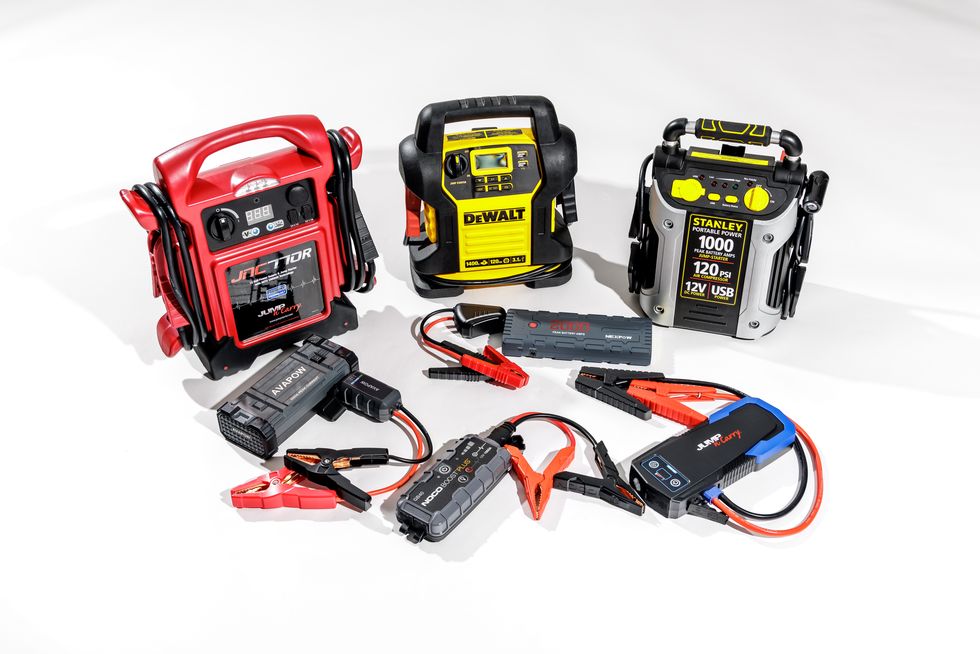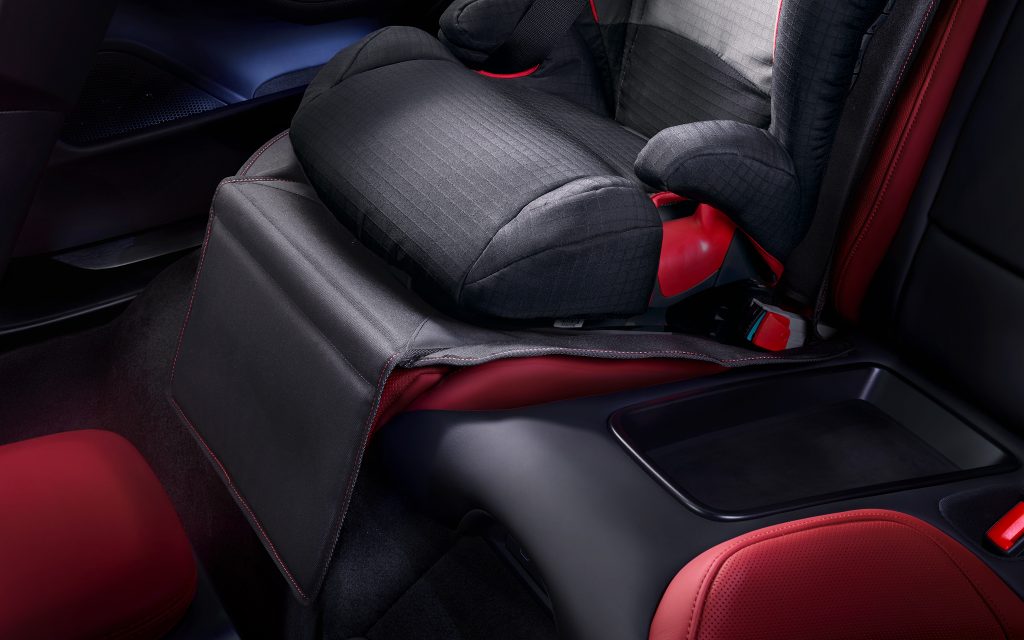Introduction:
Few experiences are more frustrating than finding yourself stranded with a dead car battery, especially when you’re in a hurry or far from home. Portable jump starters offer a lifeline in these situations, providing a convenient and reliable way to jumpstart vehicles without the need for another vehicle or roadside assistance. In this comprehensive guide, we’ll delve into the diverse uses, advantages, and disadvantages of portable jump starters, shedding light on why they have become indispensable tools for drivers everywhere.
Uses of Portable Jump Starters:
1. Jumpstarting Vehicles:
The primary use of portable jump starters is to jumpstart vehicles with dead or depleted batteries. These compact devices deliver a surge of power to the vehicle’s battery, providing the necessary voltage to start the engine and get back on the road quickly and safely.
2. Emergency Preparedness:
Portable jump starters are essential items for emergency preparedness kits, providing peace of mind for drivers in case of unexpected battery failures or emergencies. Whether stranded on a deserted road, in a parking lot, or in adverse weather conditions, having a portable jump starter on hand can be a lifesaver.
3. Convenience:
Portable jump starters offer unmatched convenience for jumpstarting vehicles without the need for another vehicle or external power source. Unlike traditional jumper cables, which require a second vehicle with a charged battery, portable jump starters are self-contained units that can be used anytime, anywhere, with minimal setup or assistance.
4. Multi-Functionality:
Many portable jump starters are equipped with additional features and functions beyond jumpstarting vehicles. These versatile devices may include built-in flashlights, USB charging ports, air compressors, and even emergency signaling capabilities, making them valuable tools for a wide range of roadside emergencies and situations.
Advantages of Portable Jump Starters:
1. Independence:
One of the most significant advantages of portable jump starters is their ability to provide independence and self-sufficiency for drivers. With a portable jump starter on hand, drivers can jumpstart their vehicles without relying on another vehicle or waiting for roadside assistance, saving time and avoiding inconvenience.
2. Safety:
Portable jump starters offer a safer alternative to traditional jumper cables, especially in busy or hazardous roadside environments. Unlike jumper cables, which require close proximity to another vehicle and may pose safety risks if not used properly, portable jump starters eliminate the need for external assistance and minimize the risk of accidents or injuries.
3. Compact and Portable:
Portable jump starters are compact, lightweight, and easy to carry, making them ideal for storing in the trunk of a car or carrying in a backpack or glove compartment. Their portable design ensures that drivers have access to emergency power whenever and wherever they need it, whether traveling locally or on long-distance road trips.
4. Versatility:
Many portable jump starters offer multi-functionality beyond jumpstarting vehicles, making them versatile tools for a wide range of roadside emergencies and situations. With features such as built-in flashlights, USB charging ports, and air compressors, these devices provide added value and utility for drivers.
Disadvantages of Portable Jump Starters:
1. Limited Battery Capacity:
One of the main disadvantages of portable jump starters is their limited battery capacity, which may not be sufficient for jumpstarting larger vehicles or multiple vehicles in quick succession. While most jump starters are designed for use with standard passenger vehicles, they may struggle to provide enough power for trucks, SUVs, or vehicles with larger engines.
2. Maintenance and Charging:
Portable jump starters require periodic maintenance and charging to ensure they are ready for use in emergencies. Failure to maintain or recharge the jump starter regularly may result in reduced performance or failure when needed most, leaving drivers stranded with a dead battery.
3. Compatibility Issues:
Not all portable jump starters are compatible with every vehicle make and model. Differences in battery types, voltages, and engine sizes may affect the effectiveness of the jump starter or require additional adapters or accessories for proper use. Drivers should ensure that the jump starter is compatible with their vehicle’s battery specifications before purchase.
4. Cost:
High-quality portable jump starters with advanced features and capabilities can be relatively expensive compared to traditional jumper cables or basic models. While budget-friendly options are available, they may lack the durability, reliability, and performance of premium jump starters, potentially compromising their effectiveness in emergencies.
Conclusion:
In conclusion, portable jump starters are indispensable tools for drivers seeking independence, safety, and convenience on the road. With their ability to jumpstart vehicles without the need for another vehicle or external power source, these compact devices offer peace of mind and security in case of unexpected battery failures or emergencies. However, they also have disadvantages such as limited battery capacity, maintenance requirements, compatibility issues, and cost considerations that drivers should be aware of. Ultimately, the decision to invest in a portable jump starter depends on individual needs, preferences, and considerations for emergency preparedness and roadside safety.



